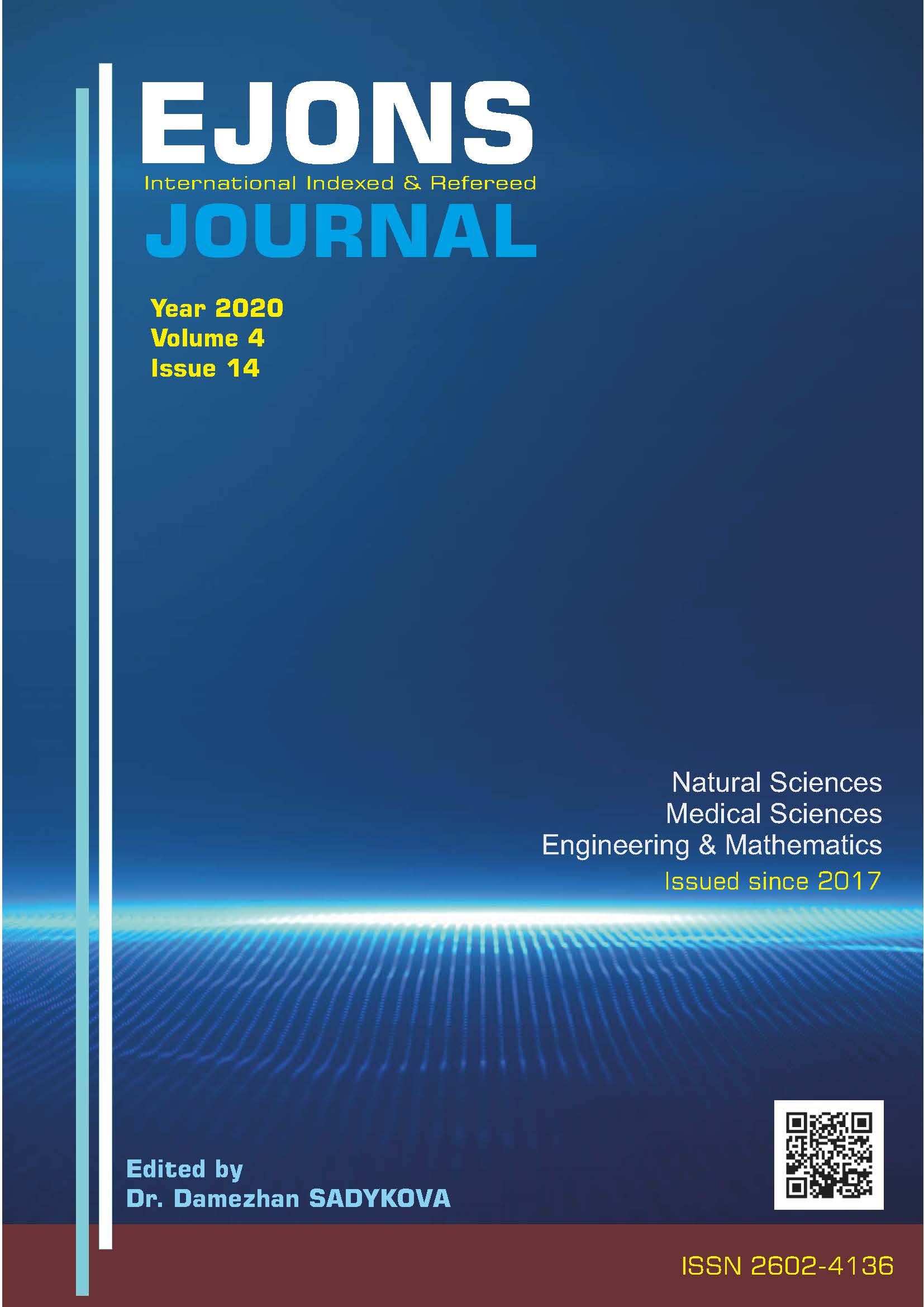SHEAR BOND STRENGTH OF LAMINATE VENEER RESTORATIVE MATERIALS APPLIED ON DIFFERENT DENTAL TISSUES
Keywords:
laminate veneer restorations, feldsphatic porcelain, dental composite, shear bond strengthAbstract
ABSTRACT Aim: This study aimed to investigate of shear bond strength of laminate veneer restorations required minimal preparation in different preparation depths and with different restorative materials. Material-Method: 128 extracted maxillary central incisor teeth were randomly divided two main groups (Group P and NP) according to bonding surface [enamel (E) and enamel-dentine(ED)]. The main groups were performed surface treatments ; Control(C), 1.5 watt Er-YAG laser(L), Hydrofluoric acid (HF), Tribochemical coating (TC) (n=8). After conditioning the teeth, porcelain (VITA Porcelain) and composite (Herculite XRV Ultra) disc (5 mm diameter, 2mm height) samples cemented by light cure resin cement (Rely X TM Veneer). Shear bond strength test was performed in a universal test device at 1 mm/min after artificial aging. Failure mode was evaluated by stereomicroscopic examination. Results: Group E-TC showed the highest bond strength value. Group ED-C and E-C was showed the lowest value when compared the others, and this difference was statistically significant between intragroups(p<0.05). The different material’s SBS value was statistically significant (p <0.05). Tribochemically coated composite samples was showed higher value than porcelain. This difference between material according to surface treatments was statistically significant (p <0.05). Adhesion failure mode was seen to be more common the others. Conclusion: Depending on the properties of the dental tissues, it was seen that the SBS values of the materials was changed. Adhesion to enamel tissue was higher values and it was concluded that the bonding of the materials can be strengthened by surface conditioning. Clinical Relevance: For the application of laminate veneer restorations, if possible, enamel tissue should be preserved and sufficient enamel tissue should be left in case of need for cutting. For long term use and good bonding, tribochemical coating and alternative surface treatments can be recommended.
Downloads
Published
How to Cite
Issue
Section
License

This work is licensed under a Creative Commons Attribution-NonCommercial 4.0 International License.


